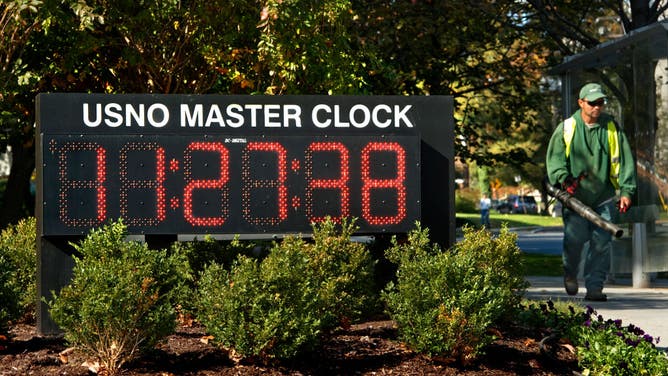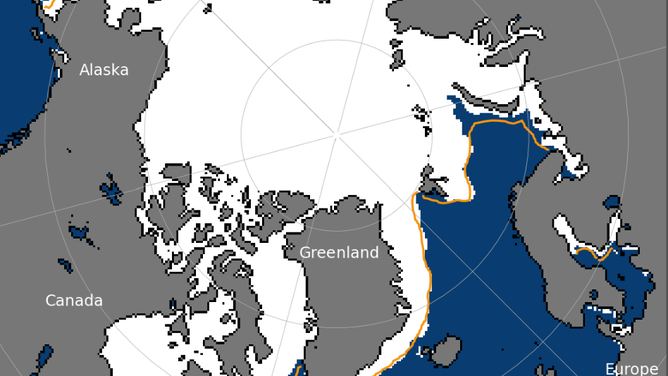Global climate change linked to delay in unveiling of negative leap second
The first leap second was added onto Coordinated Universal Time, or what is known as UTC, on June 30, 1972. Leap seconds are usually added on June 30 or December 31, just before the clock reaches midnight. The interval between adjustments made over time has increased over recent years.
Explained: What is daylight saving time and why we turn our clocks back
Daylight saving time, or DST, allows for an extra hour of light in the evening during the warmer months.
Some geophysicists believe the nearly regular act of adding a second to the world’s official time clock may become a thing of the past, and timekeepers might have to begin subtracting time if global trends continue.
A study published in the journal Nature highlighted the trend of the planet’s increasing rotational speed, which would require a negative leap second to be added to the Coordinated Universal Time starting around 2029.
"Even a few years ago, the expectation was that leap seconds would always be positive, and happen more and more often," Duncan Agnew, a geophysicist at Scripps Institution of Oceanography at University of California's San Diego campus, said in a statement. "But if you look at changes in the Earth’s rotation, which is the reason for leap seconds, and break down what causes these changes, it looks like a negative one is quite likely. One second doesn’t sound like much, but in today’s interconnected world, getting the time wrong could lead to huge problems."
Since 1972, the world’s official timekeepers have added a second to counteract Earth’s rotation, but Agnew suggests the melting of sea ice in polar regions and fluctuations in Earth’s magnetic field could be causing the planet’s spin to change.

The US Naval Observatory Master Clock on Massachusetts Avenue and 34th Street in Washington, DC on November 3, 2011.
(Linda Davidson / The Washington Post / Getty Images)
ANTARCTICA’S ‘DOOMSDAY GLACIER’ IS MELTING AWAY DIFFERENTLY THAN SCIENTISTS FIRST THOUGHT
Since the 1970s, 27 leap seconds have been added to the UTC, with the most recent addition happening in 2016, but the trend of adding time has clearly been decreasing.
In 1972, two seconds were added onto the UTC, but that has decreased to just twice during the last decade, according to data from the National Institute of Standards and Technology.
The adjustments of time are so miniscule that humans likely don’t even realize when the modifications happen, but what has Agnew concerned is heading for the first time in the opposite direction in a computer-reliant world.
WHAT IS THE HISTORY OF DAYLIGHT SAVING TIME?
"This has never happened before, so it may be difficult, if not impossible, to make sure that all the world’s interconnected computers can stay synchronized when it does. If they can’t, it is unknown what could happen," the Scripps Institution stated.

Arctic Sea Ice Extent map
(National Snow and Ice Data Center / FOX Weather)
If the world’s ice had not melted as quickly, Agnew believes that the debut of the negative leap second would have happened much earlier than 2029, but the geophysicist does not consider it a large benefit from climate change.
"That climate change has been able to change how fast the whole Earth spins is yet another indication that we are having an effect on the world unlike anything seen before," Agnew stated.
According to NASA, Antarctica loses about 150 billion tons of ice per year, and melting around Greenland leads to an additional 270 billion tons.
